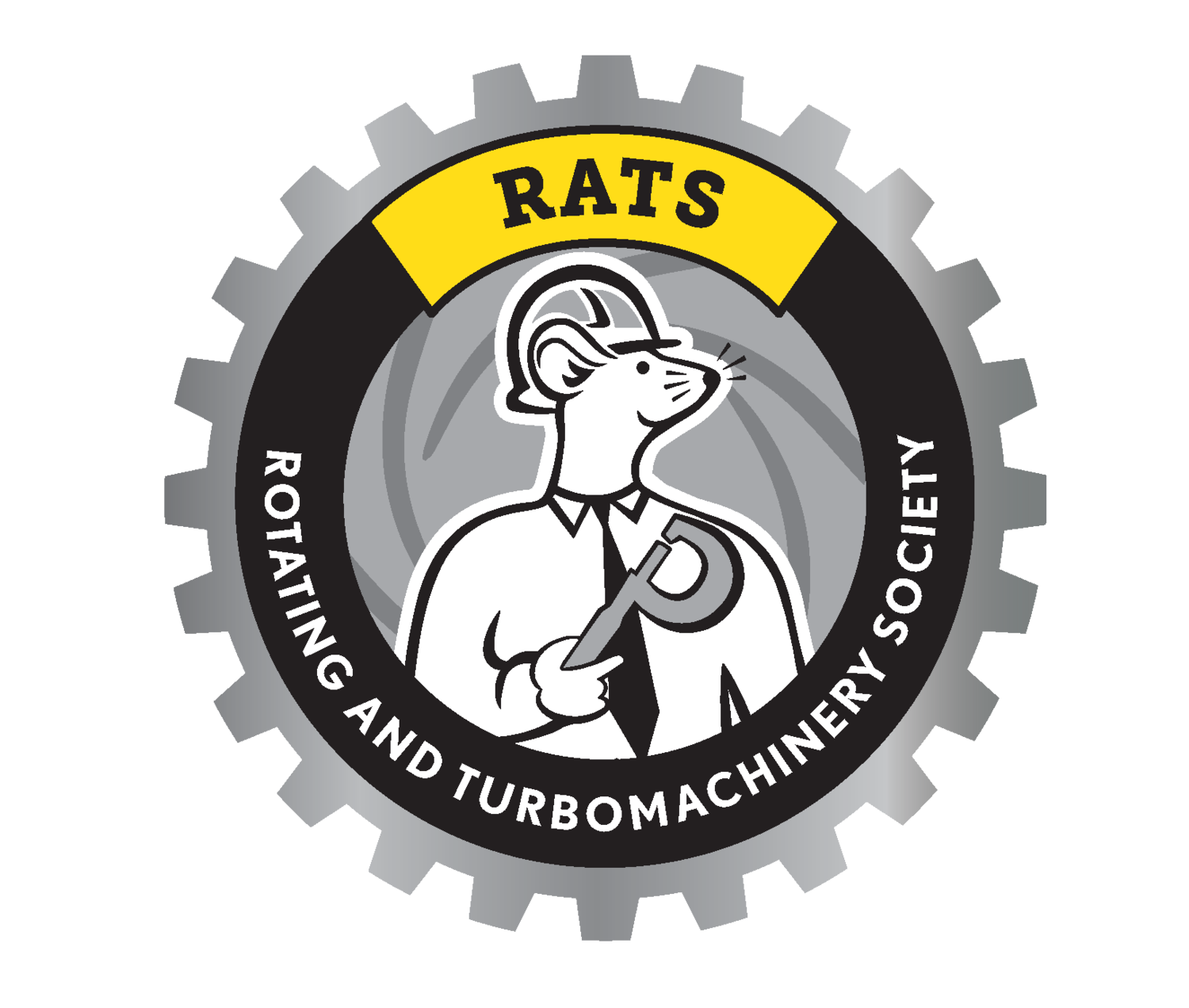PRESENTER
Dr.Kofi Freeman Adane
Dr. Adane is a Senior Research Engineer at Fluid Systems Engineering, InnoTech Alberta Inc, a subsidiary of Alberta Innovates, Edmonton. Primarily, he leads industry driven research and technology development (R&TD) projects on pipeline systems. He is a lead author for “Slurry Pipeline Handbook” for oil sands industry through Materials and Reliability in Oil Sands (MARIOS) consortium. Prior to his current position, he held several positions in industry and academia. Most recently, Dr. Adane worked for Saskatchewan Research Council, Saskatoon where he served as a lead engineer in the construction of its High Pressure and High Temperature volatile loop to model steam-assisted gravity drainage (SAGD) operations and also contributed to the development of the “SRC Tailings Manual” for Canada’s Oil Sands Innovation Alliance (COSIA). He holds degrees in mechanical engineering with PhD from University of Manitoba, Winnipeg. Dr. Adane has strong expertise in fluid engineering systems, specifically piping and pumps, and he is a registered professional engineer in province of Alberta.
SUMMARY
There are significant costs associated with maintaining and owning centrifugal pumps in oil and gas, chemical, mining and oil sands facilities. In some of these industries, the fluid might contain particulates or solids being intentional as products or process, or unintentional. The presence of these particulates or solids can accelerate wear (erosion, corrosion or both) in the pump, which usually lead to decreased performance and/or wear or service life. When such situations occur, owners or operators are faced with capital expense for its replacement. Another temporary solution is to attempt to repair specific component (s).
We have a pilot-plant which was designed to test piping components, and perform several fluid flow testing services. Therefore, unlike a typical production or process plants where they are designed for specific conditions, our plant is an agile, technology test bed and used for several different conditions including to assessment of wear life. Therefore, our pump has shorter wear life than comparable pump in production facility. Faced with capital expense, we opted to explore the repair solution.
There are several vendors who offer repair kits for pumps and other piping systems. We purchased one of these kits to repair our slurry pump. This presentation will discuss the lessons learned and some recommendations. Our experience is being used in oil sands mining industry. Sharing this experience will be beneficial to any industry using centrifugal pumps.
